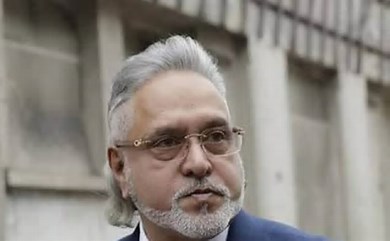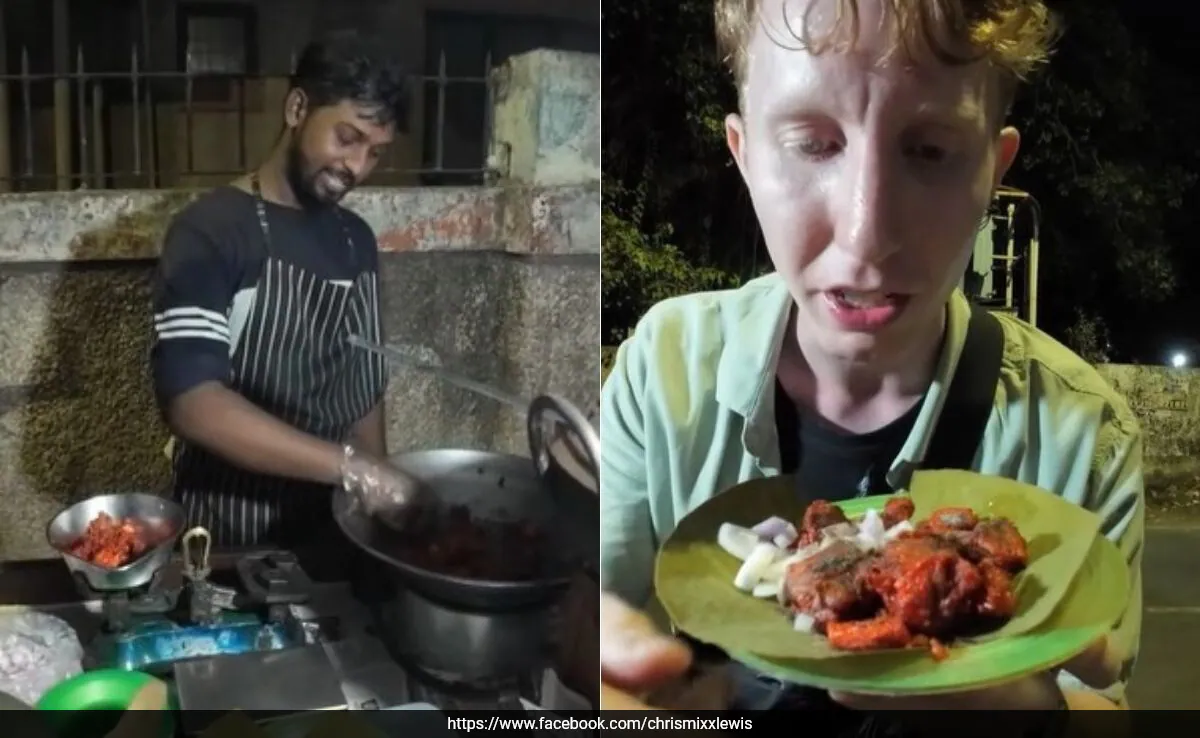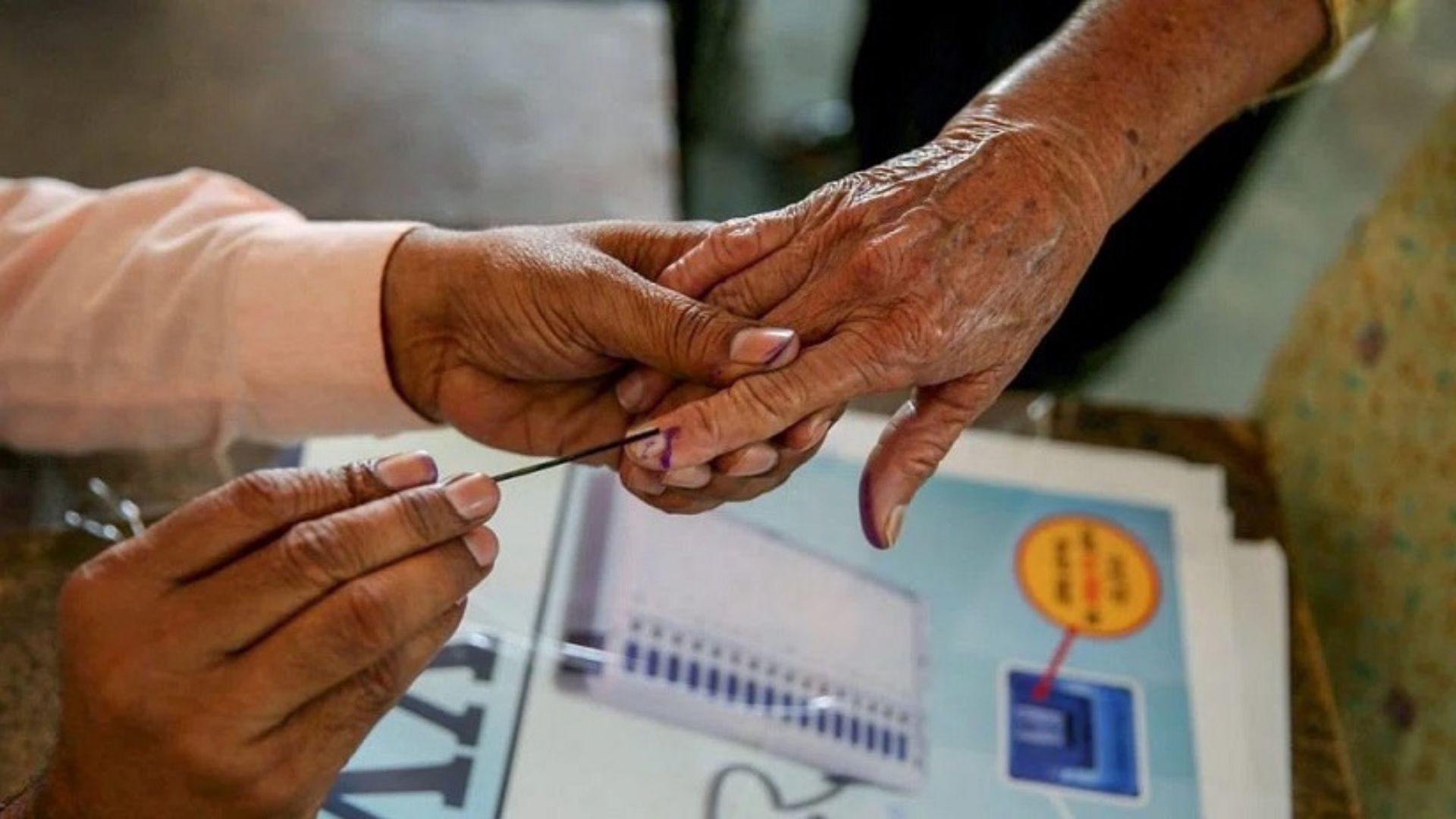Speaking to NDTV, renowned poll strategist Prashant Kishor highlighted the three pillars of BJP’s strength: Nationalism, Hindutva, and Welfarism. These, he argued, set a formidable narrative that opponents must match or outdo on at least two fronts to stand a chance. Against this backdrop, Karnataka gears up for the upcoming Lok Sabha elections, encapsulated by a dense atmosphere of tactical manoeuvres and countermeasures.
BJP’s Strategic Trifecta
The BJP has masterfully woven a tapestry of nationalism, appealing to the patriotic sentiments of the masses. This narrative has been strategically amplified in Karnataka, where allegations have surfaced regarding Congress workers supposedly raising pro-Pakistan slogans at Vidhana Soudha. This claim, though controversial, is designed to stoke the fires of nationalism and paint the BJP as the protector of national integrity.
The party’s alignment with Hindutva principles resonates deeply with a significant portion of Karnataka’s electorate, creating a strong religious appeal. The controversy in Mandya over the replacement of a saffron flag bearing Lord Hanuman’s image with the national flag due to lack of permission highlights the charged atmosphere. Moreover, the BJP’s opposition to the Hindu Religious Institutions and Charitable Endowments (Amendment) Act, 2024, which it labelled as Anti-Hindu, in conjunction with the JD(S) in the Legislative Council, illustrates the party furthering positioning itself as the sole protector of Hindus.
Furthermore, their narrative doesn’t just dwell in the abstract but extends into tangible welfarism at the household and individual level. In Karnataka, a palpable tension exists between the state and Union Government over the supply of rice for the Anna Bhagya scheme. The Union Government’s refusal to extend beyond 5kgs of rice, coupled with the introduction of its own subsidised ‘Bharat rice’ — colloquially known as Modi rice — has added layers to the BJP’s welfare narrative, embedding the party’s name in the daily lives of the electorate.
Congress’s Counterpunch
In response, the Karnataka Congress has not been idle. Its key guarantee schemes have been a beacon of hope for several marginalised communities, pulling millions out of poverty—a direct challenge to the BJP’s welfarism narrative. The party has further reinforced its position with the ambitious Yuva Nyaay and Naari Nyay guarantees, promising a brighter future for the youth and women of Karnataka.
Moreover, the Congress has adeptly navigated the turbulent waters of nationalism by invoking a sense of regional pride. The party has been vocal about the injustices meted out by the central government to the state, effectively spotlighting Prime Minister Modi’s neglect of Karnataka’s pressing issues. This includes a lack of adequate drought relief, failure to extend MGNREGA days as part of drought relief measures, financial injustice in the devolution of funds from the centre, as well as delays in granting clearances for critical projects like Mekedatu and Upper Bhadra, and the overlooked funds for AIIMS Raichur in the Union Budget 2024, underscoring a pattern of disregard that resonates deeply with the state’s electorate. Furthermore, in an effort to reinforce its commitment to regional pride, the Congress government has championed the ‘60% Kannada rule’, mandating the use of the Kannada language on at least 60 percent of signboards across shops, enterprises, institutions, and other public venues.
In a significant pivot from religious to cultural identity, Congress has elevated Lord Basavanna as a cultural icon of Karnataka, steering the conversation towards indigenous values and away from the polarising effects of Hindutva, presenting a more inclusive and unifying cultural narrative. In tandem with these efforts, 100 crores have been earmarked for the enhancement of tourism at Anjanadri hill, revered by many as the birthplace of Lord Hanuman, signifying a commitment to celebrating the state’s rich religious and cultural heritage. Concurrently, the caste census report being submitted by Jayaprakash Hegde commission steer the political dialogue from religion to AHINDA politics and social justice, a move that could reshape electoral priorities.
Narratives in Contest
What remains uncertain is the narrative that will capture the electorate’s imagination. Will it be the BJP’s blend of nationalism, welfarism and Hindutva or will Congress’s social justice guarantees, regional pride and indigenous cultural identity sway the voters? The dynamics of this election are not just a test of political strategy but a reflection of the evolving priorities of Karnataka’s populace.
Moreover, this election serves as a litmus test for the Congress’s redefined narratives and whether they can cut through the BJP’s established discourse. The outcome will depend heavily on the public’s perception of these narratives and which ones they see as most aligned with their aspirations and concerns.
Beyond the Ballot
As Karnataka stands at this political crossroads, the choices made in the upcoming elections will resonate far beyond the immediate future. It is a decision between affirming the prevailing narratives or opting for a new direction that promises inclusivity and justice.
(The writer is a lawyer and political consultant. He holds an LLM in Law and Development from the Azim Premji University)















